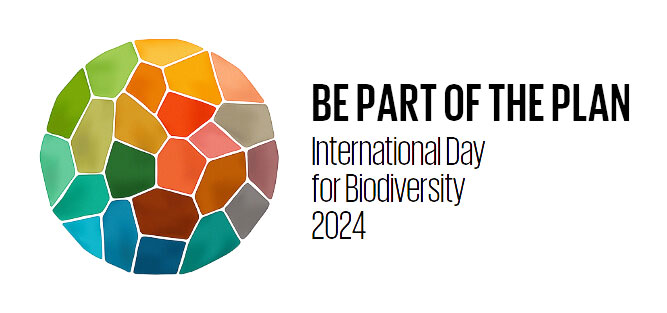
By Shivangi Mishra
Every year International Day for Biological Diversity is celebrated on May 22. The United Nations has proclaimed May 22 to increase the understanding and awareness of biodiversity issues and bring attention to the critical role of research, science, technology and innovation to strengthen the scientific and technical capacities to monitor biodiversity, address the conservation needs and develop innovative solutions to enhance the conservation and sustainable use of biodiversity. This year, the theme is, “Be part of the Plan”.

After the 15th Conference of Parties to the UN Convention on Biological Diversity in Montreal, Canada, (December 2022) chaired by China and hosted by Canada, COP 15 resulted in the adoption of the Kunming-Montreal Global Biodiversity Framework (GBF).
The Kunming-Montreal Global Biodiversity Framework has 23 action-oriented global targets for urgent action over the decade to 2030. The actions set out in each target need to be initiated immediately and completed by 2030. Together, the results will enable the achievement of the outcome-oriented goals for 2050. Actions to reach these targets should be implemented consistently and in harmony with the Convention on Biological Diversity and its Protocols, and other relevant international obligations, considering
We are a part of this global mission through our research project — The Role of Genomics in Fostering and Supporting Arctic Biodiversity: Implications for Wildlife Management, Policy, and Indigenous Food Security.
Wildlife genomic information is critical for environmental decision-making, yet it remains underutilized for this purpose. The Arctic Genomics team is working to co-develop a suite of genomics knowledge-mobilization tools that will support ecological decision-making.
Indigenous communities at the forefront of climate change and loss of biodiversity are playing a larger role in preserving lands, waters, and species. Around 80% of the world’s biodiversity is maintained by Indigenous Peoples and they are disproportionately affected by human activities, including climate change and loss of biodiversity. Our focus is on supporting end-users with responsibilities for or interests in the areas of biodiversity monitoring, conservation, and the co-management of wildlife that are key to the social, cultural, physical, and economic well-being of northern Indigenous Peoples.
Although the conventional methods to protect biodiversity are successful, they can be time-consuming and resource-intensive. Thus, it is important to incorporate modern DNA-based technologies to address conservation needs. The Arctic Genomics team has continued communicating and collaborating with various Rightsholders and stakeholders for the project to share knowledge, ideas, and potential concerns about using DNA-based tools. By making conscious choices and adopting sustainable practices, we can live sustainably and create a better environment for future generations. The small actions taken collectively can have a significant impact on our planet’s well-being. Our project aligns with all four goals for 2050. The four goals are:
Dr. Shivangi Mishra, a postdoctoral researcher at the Arctic Institute of North America, the University of Calgary has joined in marking the International Day for Biological Diversity 2024 by having our say and creating a video message about the vision of the Arctic Genomics Project and how we are a part of the Plan — the Biodiversity Plan.
© Arctic Institute of North America | Site & Image Information